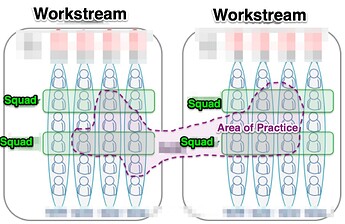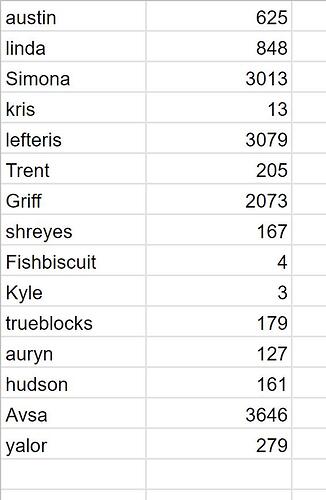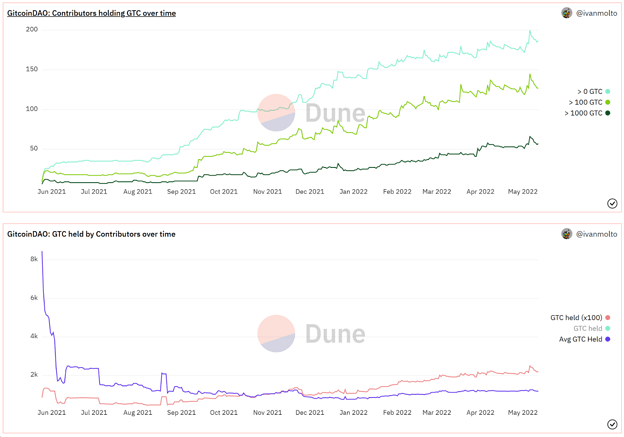I think there is so much potential in investing data science at Gitcoin.
This is informed by a few things
- Prior Experience. A few years ago, I was the Director of Engineering at a clean energy startup that set up a fairly robust data warehouse ETL/snowflake schema system to run advanced analytics on time series data. I’ve also been in a few different product oriented positions at various web2 startups that had mission critical ecommerce checkout flows with A/B testing, marketing emails to optimize those funnels. This one time, when i was CTO of an online dating site (a double sided marketplace, just like Gitcoin), I built a matching engine that matched users on 20 dimensions.
- Per gitcoin.co/results, Gitcoin has helped 66,712 funders reach an audience of 292,817 earners. Gitcoin has facilitated 1,740,075 complete transactions to 10,247 unique earners. Understanding the 4 years of data at Gitcoin, particularly the Grants Rounds data, gives me a hunch that there are interesting opportunities in understanding the data.
The objective of this thread is to start a conversation. What should the data science practice at Gitcoin look like?
Here are the data science opportunities matters I’m aware of at GitcoinDAO
-
Product Analytics & Data Science
- Responsible for understanding how users use the platfrom.
-
Marketing Analytics & Data Science
- Responsible for understanding how to drive more core actions (like Grants checkouts)
-
Complex Systems Insights
- Responsible for guiding the QF matching engine with deep analytical insights (perhaps one day even simulating agent-based contributor behaviour)
- Responsible for publishing advanced analytics-based insights from our datasets. Heres an example of what this could look like.
-
Fraud insights
- Responsible for (Joe, correct me if I’m wrong) surfacing fraud on the Gitcoin Grants network (whether sybil or collusion) and partnering with Governance to remediate in a legitimate way.
An assortment of tools are used in these practices at Gitcoin. Here are the ones I’m aware of:
- Etherscan
- Dune Analytics
- The Graph
- PostgresSQL
- Google Analytics
- Metabase
- Google spreadsheets
- Google presentations
- Acquia
- CADCAD
- Machine Learning Tools (not sure which ones)
I’d welcome corrections from any workstream leads on the above. The above is just my best approximation of the tools/roles as they currently stand int he DAO.
I’d be curious if people in the community would be interested in putting forward a proposal to the DAO to formalize a data science practice at GitcoinDAO (which currently resides in multiple different groups at varying levels of coordination)
I’d like to end on this questions:
- What should the data science practice at Gitcoin look like?
- If Data Science was an area of practice at Gitcoin, what would it look like?
- How could it span multiple workstreams or squads(teams) & cross-pollinate between them?






